The tough times for Nissan’s current CEO Makoto Uchida continue as the company’s board reportedly plans to meet March 11 to review potential replacements for the embattled auto executive. This news comes as he continues to look for ways to turn the company around.
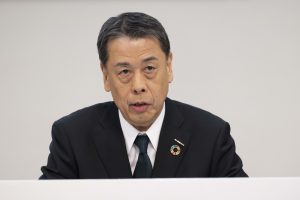
Nissan CEO Makoto Uchida has been on the job since 2019, a period of major trouble for the second-largest Japanese automaker.
According to a Reuters report, Nissan’s board of directors believes Uchida can no longer effectively lead the company as its performance remains in a state of decline. Uchida’s taken a variety of actions, starting with Nissan NEXT in 2020, to turn the company around.
The board, Reuters reported, is considering current Chief Financial Officer Jeremie Papin and Chief Planning Officer Ivan Espinosa as potential replacements. However, they’re candidacies are complicated by their current involvement in Nissan’s performance.
It’s possible either of these or an outsider could be named to an interim role, buying the board more time to make a long-term selection for the role.
Uchida’s record
Uchida took on the CEO’s job in 2021 in the wake of Carlos Ghosn’s problematic 2018 departure — literally smuggled out in a piano case — and the failure of Ghosn’s successor, Hiroto Saikawa, to avoid his own problems.
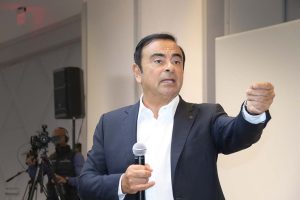
Uchida came on after Carlos Ghosn’s tenure came to an end amidst legal battles and him being smuggled to Lebanon.
The company was already struggling at that time, and Uchida created a long-term plan dubbed Nissan Vision 2030 to help it shift to a profitable, more efficient and responsive company, starting with a product plan that — like so many other automakers — focused a move toward an all-electric lineup.
The vision was designed to be achieved through a series of three “plans” or stages to move the company along a path to the vision. The first was Nissan NEXT, which aimed to make the company leaner while improving its margins.
The company transitioned out of that into The Arc about a year ago. It was supposed to start with seven new vehicles in the U.S. and Canada, revamping 78% of its passenger car lineup, plus launching e-power and plug-in hybrid models.
More Nissan News
- Nissan-Honda Merger Talks Appear Dead
- Honda and Nissan Merger Will Reportedly Not Be As Equal As Expected
- Nissan Tells Dealers to Fire Sale Certain 2024 Vehicles
The Arc
Nissan’s current plan called for it to introduce 30 new vehicles by 2026 with about half, 16, being electrified. The remaining 14 will be internal combustion-powered models where “the pace of electrification differs.”
Then the automaker was scheduled to launch a total of 34 electrified models from fiscal year 2024 and 2030 to cover all segments, with the model mix of electrified vehicles expected to account for 40% globally by fiscal year 2026 and rise to 60% by the end of the decade.
Nissan wanted to increase annual sales by 1 million units — 330,000 of those from the Americas — and its operating profit margin to more than 6%, both by the end of fiscal year 2026. This will pave the way for the second part of the plan, officials claim, aimed to enable the EV transition and realize long-term profitable growth, supported by smart partnerships, enhanced EV competitiveness, differentiated innovations and new revenue streams.
By fiscal year 2030, Nissan wanted a revenue potential of 2.5 trillion yen from new business opportunities. However, that’s not coming to pass.
What actually happened
Sales plummeted, forcing Uchida to take more drastic measures to resurrect the struggling automaker. This led to massive layoffs and production cutbacks, and talks with Honda about a partnership.
When those failed because Nissan wanted it to be an equal pairing while Honda officials saw Nissan more as a subsidiary, the company charged ahead in two ways. First, it sought out a potential new partner, Foxconn, and it continued to make plans as if it were operating solo, including the introduction of six new vehicles designed to rally sales.
Talks with Foxconn haven’t netted anything substantial and rekindled discussions with Honda are basically slow-moving efforts by both sides. As for the revised product plan, only time will tell. And clearly time is one thing Uchida is running out of — quickly.

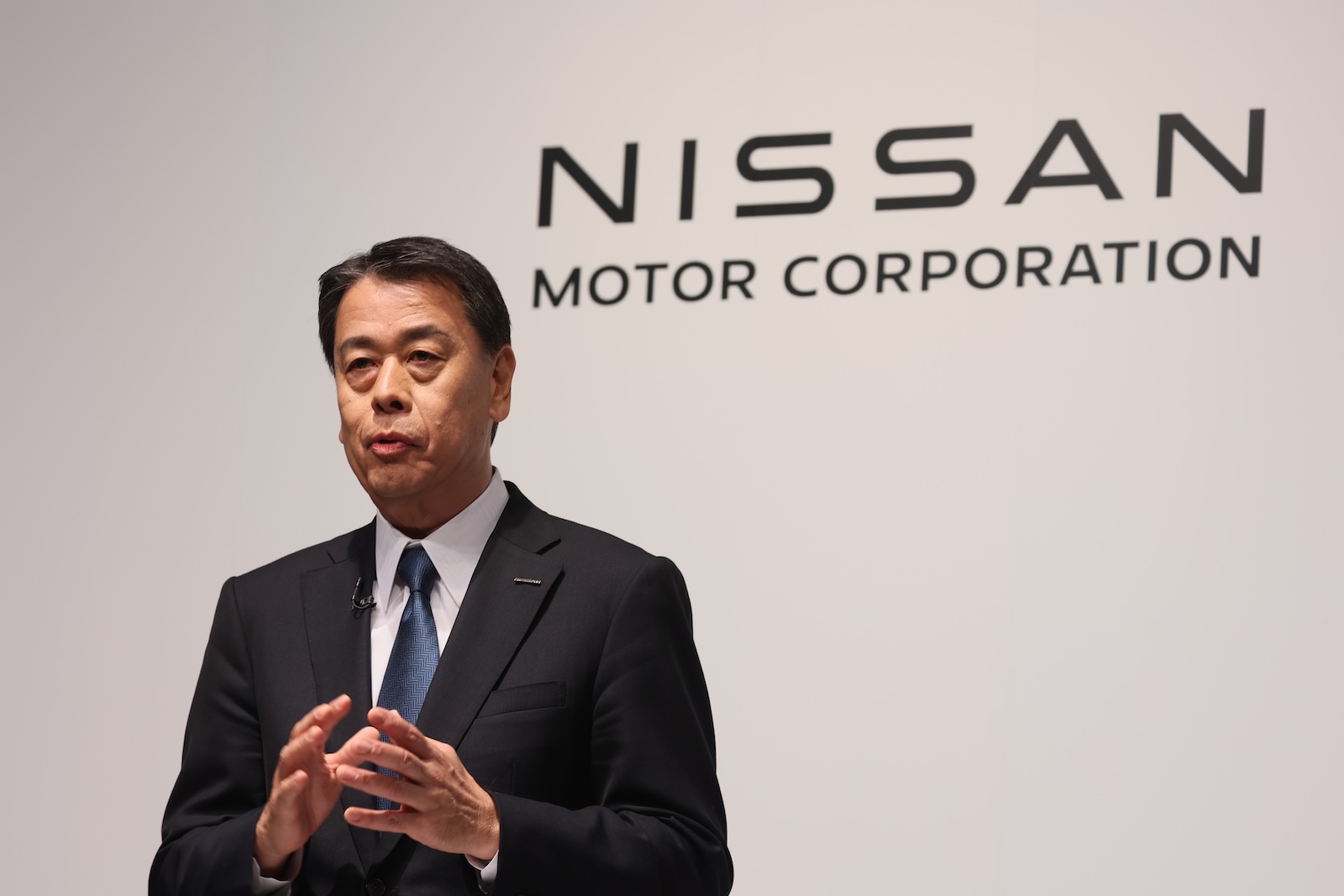
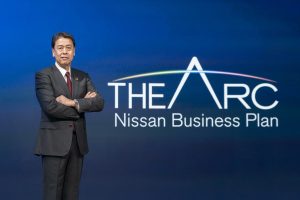
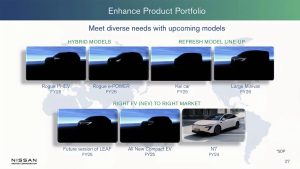
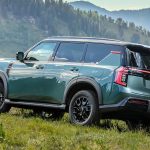
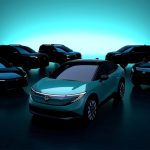
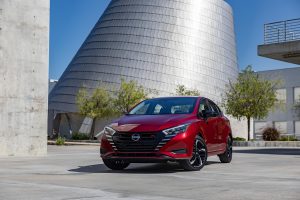

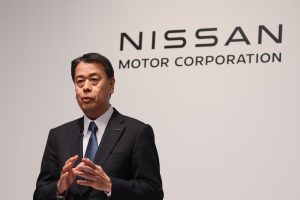

0 Comments